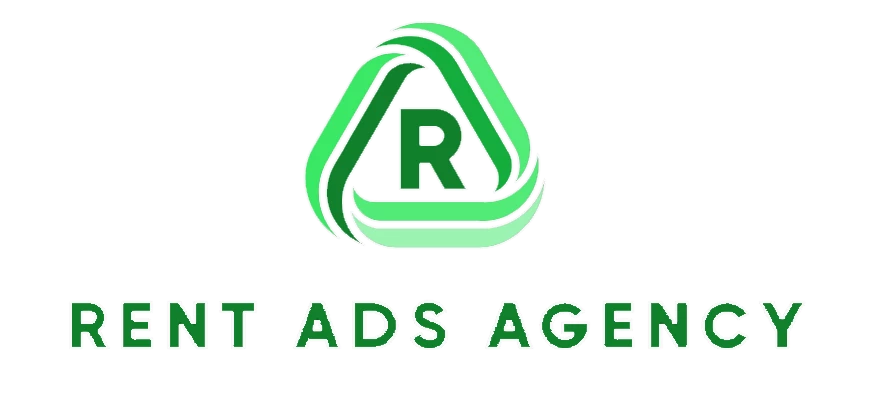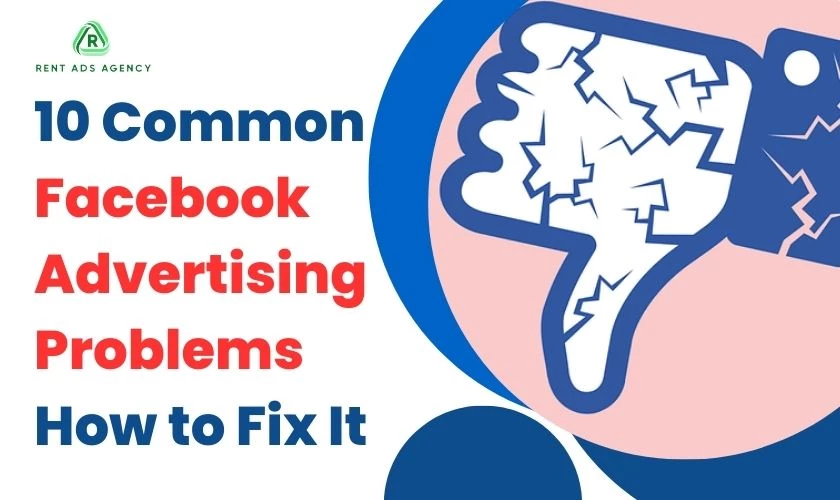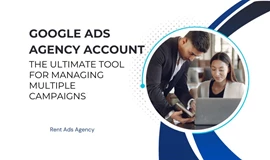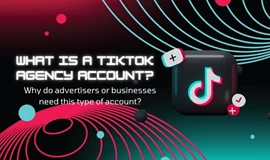With billions of monthly active users, Facebook is a marketer's dream - or nightmare. Navigating Ad Manager's many metrics and options is tricky enough before throw in underperforming campaigns. Before you pull your hair out deciphering low CTRs or conversions, breathe deep. This post highlights 10 frequent Facebook advertising problems and practical tips to optimize your strategy, boost engagement, and get your ads back on track for success.
You Targeting the Wrong Audience
One of the trickiest parts of Facebook ads is defining your target audience. You can get lost in a sea of demographics, interests, behaviors, and placements. Before launching a campaign, carefully consider who your ideal customer is and what matters to them. For example, a wedding boutique would target engaged women in the local area, while a B2B SaaS company would focus more on job titles and online behaviors.
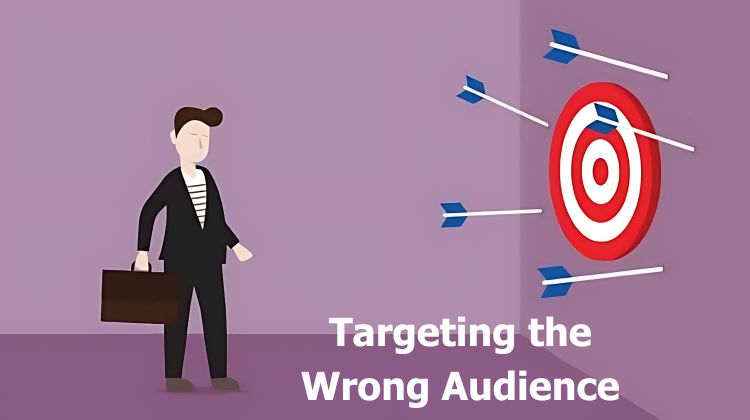
Don’t put complete faith in Facebook’s audience insights either. Their algorithms aren’t perfect at interpreting interests and intent. Look at your own skewed ad preferences for proof! If you target an audience Facebook thinks is interested in your products, but really isn’t, you’ll waste money and hurt your results. Always balance their targeting recommendations with your own real-world expertise about your customers.
As you analyze campaign performance, pay attention to any demographic or interest groupings that over or underperform. You may need to fine-tune your ad set to reach your prime targets and avoid misleading or outdated audience parameters. Monitor and tweak for continual optimization.
Using Boring or Busy Images
You've put all this effort into targeting the right demographic for your Facebook ad. Don't let boring creative undo all that meticulous planning! In the age of information overload and microscopic attention spans, your visuals and copy need to captivate users immediately.
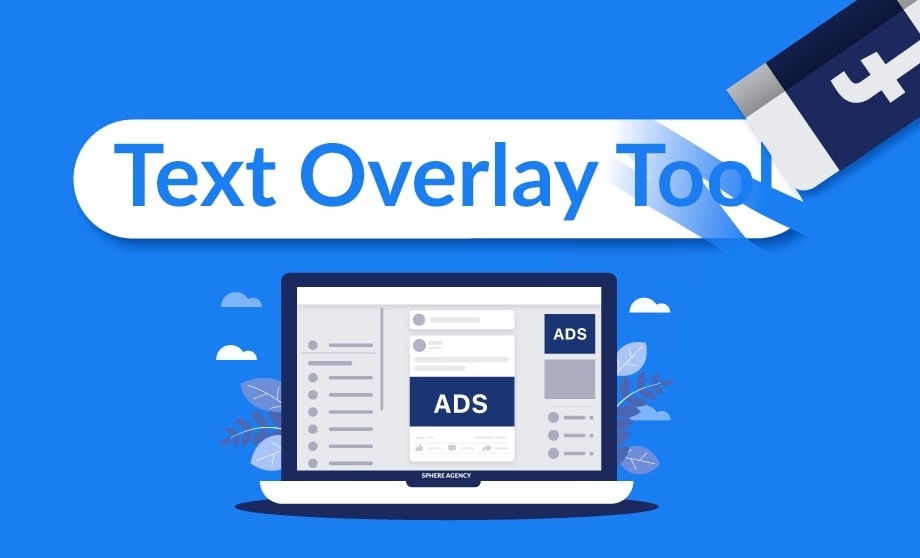
Apply the three C’s of effective social creative:
- Concise: Don't overcomplicate your messaging. Stick to a single call-to-action focused on your most important product or promotional hook.
- Clear: Ensure text and images are uncluttered and emotionally resonate with your goals. Confusing elements will just lose clicks.
- Compelling: Facebook users digest content quickly as they scroll. Your images and text must create intrigue, delight, laughter etc. within seconds to earn that coveted double-take.
Test different creative approaches to determine what best fits your brand voice and converts with your audiences. Just remember - boring won't sell. Compelling will. Ditch the generic stock images and overwhelm of text and polish up creative that pops!
Ignoring the Call To Action
This is a common mistake when learning to run Facebook ads on your own. The reason people often skip CTA is because the text is limited. Page Like posts can only be written in 90 characters. Therefore, writers try to focus on the product advertising part and forget about CTA. If you don't call for action, customers sometimes just read and quickly skim it, which reduces the effectiveness of the ad.
Some common CTA mistakes include:
- Having no CTA at all
- Using a vague or weak CTA like "Learn More"
- Poorly placing the CTA with low visibility
- Using a CTA with confusing or misleading messaging
To boost Facebook ad results, prioritize creating CTAs that are:
- Attention-Grabbing: Use decisive language and typing effects (bold, colored text) to make the CTA stand out.
- Relevant: Match the CTA to the ad's messaging and target audience. For example, use "Shop Now" for product ads.
- Action-Driven: Use imperative verbs that drive urgency like "Get," "Buy," or "Sign up."
- Specific: Tell viewers exactly what to do, like "Download our App" or "Reserve Your Spot."
- Strategically Placed: Put the CTA in an easy-to-see and hard-to-miss spot like the bottom middle of image ads.
- A/B Testing CTAs: Try different CTAs to see which deliver the best results. Iterate based on performance data.
Optimizing your Facebook ad CTAs can significantly boost click-through rates, conversions, and overall return on ad spend. No matter how compelling your ad is, if customers can't find the buy button or "see more" button anywhere, they'll skip your ad. This is a waste of money and a bad impression for customers.
Still struggling with a non-delivering Facebook ad? Dig deeper into additional reasons your ad may not be serving and actionable troubleshooting tips in our guide "Why Is My Facebook Ad Not Delivering?".
Not Tracking Click-Through Rates and Conversions
If you aren’t monitoring and tracking the results of your ad campaigns, it’s impossible to know what the money in your ad account is accomplishing. The goals of your ads may range from brand awareness to driving conversions and sales. Whatever the desired outcome, keeping track of your click-through rates (CTR), conversions, and other key metrics will help you measure the effectiveness of your Facebook ads and make optimizations.
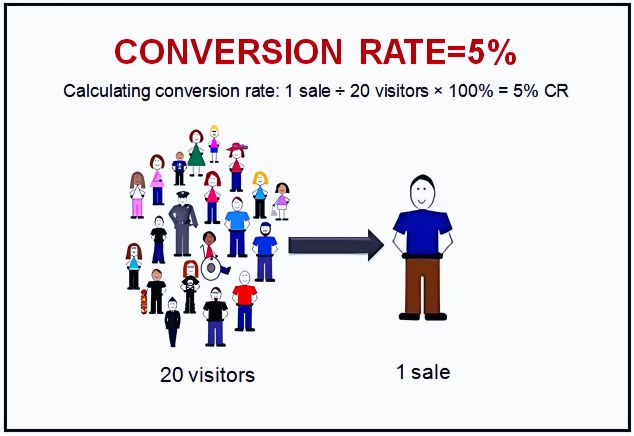
Not properly tracking campaign results can lead to various issues, such as data discrepancies between Facebook Ads Manager and analytics platforms like Google Analytics. Some common reasons for data discrepancies include:
- Facebook and Google Analytics tracking users and sessions differently
- The Facebook tracking pixel not being installed or firing properly
- Users clicking on the same ad multiple times
- Differing lookback windows for attributing conversions
- Limitations in tracking view-through conversions and multiple conversions per user
Carefully auditing your tracking implementation, being aware of the nuances in how data is tracked on both platforms, and aligning your analysis to the same time frames can help minimize discrepancies. Regularly reconciling performance numbers between systems can surface issues early and allow you to troubleshoot problems with your tracking. This will provide greater confidence in the accuracy of your Facebook ad reporting.
Not Properly A/B Testing Ad Variations
A/B testing different versions of your Facebook ads is key to optimizing performance. If you find that your Facebook Ads are not driving any sales, it could be due to elements like the image, copy, call-to-action, or audience targeting. These factors can drastically impact results, so to identify what resonates best with your target audience and goals, it's essential to continually test and learn.
However, many advertisers fail to properly set up A/B test experiments or draw statistically valid conclusions from the results. Common mistakes include:
- Not allowing tests to run long enough to gather a significant sample size
- Changing too many variables at once between test ad variations
- Improperly setting up test and control ads for accurate comparison
- Failing to actually implement the winning variation fully after testing
Best practices for successful A/B testing include:
- Only changing one variable at a time between test ads
- Letting tests run for an adequate time period and spend level
- Appropriately duplicating test ads from unchanged control ads
- Analyzing test performance results correctly for statistical significance
- Rolling out winning variations completely across campaigns
Continually testing and iterating your ads based on performance can yield major improvements over time. But thoughtfully designed, well-executed, and accurately evaluated A/B tests are required to provide trustworthy results. Invest time upfront in setting up proper Facebook ad A/B tests in order to optimize your ad spend.
Not Giving Ads Enough Time
It takes time and consistent effort for Facebook ads to effectively find your target audience and drive results. Many advertisers make the mistake of not giving campaigns enough time before judging performance or pausing ads.
Factors like your daily budget, competitor spend, and audience size impact how quickly ads can optimize and convert. Sophisticated Facebook AI needs sufficient data points over an initial learning period to serve your ads to qualified users likely to engage.
Prematurely stopping ads prevents the system from fully optimizing over time. Have reasonable expectations upfront for a testing window based on your KPIs. For example, allow 2-4 weeks for conversion campaigns or 6-8 weeks for lower-funnel efforts before evaluating.
Of course, monitor metrics like CTR, CPC, and relevance score to catch any major issues with messaging or targeting. But stay committed to giving campaigns time to scale up spend and gather enough conversion data for statistically valid conclusions on performance.
Not Leveraging Retargeting Ads
One of the most effective Facebook advertising strategies is leveraging retargeting ads. These target people who have already engaged with your business in some way, like visiting your website. Retargeting allows you to focus spend on users who have demonstrated existing interest and are more likely to convert.
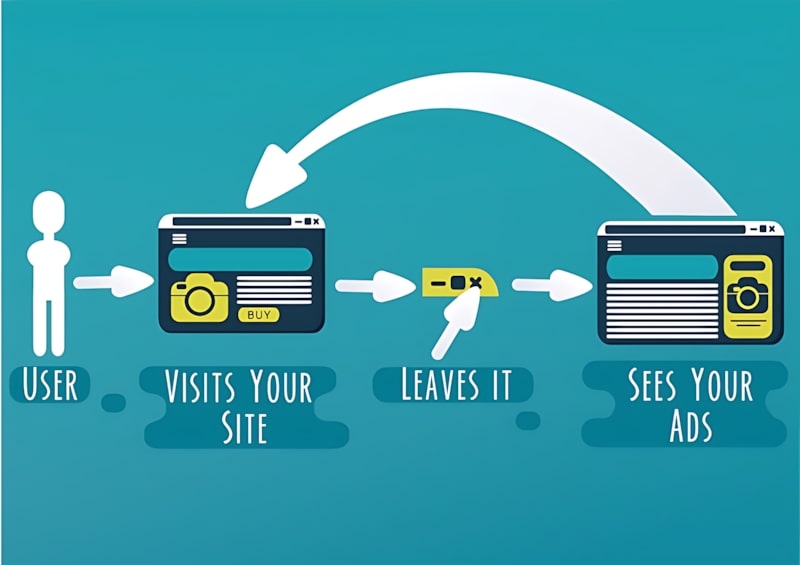
Without setting up retargeting, you miss out on “low-hanging fruit” - qualified leads who are already aware of your brand. You could end up wasting money on cold audiences that have higher awareness and education needs before converting.
Best practices for Facebook retargeting ads include:
- Installing the Facebook pixel on your website to track site visitors
- Creating custom audiences to target site visitors by pages visited, actions taken, etc.
- Showing hot prospects specialized ads with content they’ve already shown interest in
- Crafting ads to move retargeted users down the funnel towards conversion
Used correctly, retargeting supercharges performance by re-engaging previous site visitors multiple times across devices. Continually placing your brand in front of warm leads greatly increases the likelihood of them taking action. The capability to target highly qualified audiences alone makes retargeting one of the highest ROI uses of Facebook ad dollars.
Unoptimized Landing Pages
One of the most common reasons why Facebook ads may not be converting is low-quality landing pages that fail to close visitors primed to buy by your ads. Even the best performing ads driving the most qualified traffic will struggle if users hit landing pages that load slowly, display poorly, or don’t clearly guide them to convert.
When troubleshooting Facebook ad performance, critically audit your landing pages to identify optimization opportunities:
- Check desktop and mobile page load speeds - should load in under 2-3 seconds
- Simplify page design for seamless experience on all devices
- Ensure continuity between your ad messaging and landing page copy
- Prominently highlight the intended call-to-action so visitors know the key conversion action
- Reduce unnecessary steps or fields on forms to minimize drop off
Take the time to walk through your purchase funnel from ad to landing page from your customer’s eyes. Identify points of friction, confusion, or delays that negatively impact conversions. Continually test versions of landing pages to improve quality score metrics like bounce rates.
In the end, a slow or ineffective landing page experience won’t fully reap conversions from your Facebook ad investment. For the best ROI across your media and site funnel, focus intensely on landing page optimizations.
Inadequate Campaign Budgets
One of the most common limiting factors for Facebook ad performance is setting daily or lifetime campaign budgets too low. Overly conservative or restrictive budgets often prevent ads from serving to enough of your potential audience to drive results.
You typically want your average cost-per-click to allow for at least 50-100 clicks per day to collect sufficient conversion data. If your daily budget only allows for 20 clicks at your current CPC, your ads won’t capture enough volume to optimize effectively.
Best practices include:
- Basing budgets on expected cost-per-result and conversion rates
- Scaling budgets up over time as ads gather performance data
- Using rules to automatically increase budgets when meeting specific benchmarks
- Granting Facebook AI flexibility to find more users by raising budgets
While you want to maintain reasonable costs, unduly small budgets often negatively impact performance more. Continually reassess if your budget aligns with campaign objectives as you scale efforts. Leverage automation to inject more budget when advantageous.
Strike the right balance between fiscal responsibility and enabling your campaigns to drive enough traffic to successfully convert. The ad spend required to acquire customers via Facebook simply necessitates sufficient budget.
Falling Victim to Algorithm Updates
Facebook's algorithm that determines what content appears in user feeds is constantly evolving. When significant algorithm changes roll out, campaigns that were previously working well may suddenly see reach and engagement drop.
Some of the key algorithm updates advertisers should be aware of include:
- Increased focus on "meaningful interactions" - likes, comments, and shares signal value
- More weight placed on predicted time spent on posts and ads
- Attempts to balance various content types users see
- New controls for users to customize what they see
To safeguard campaign performance when algorithm updates occur:
- Closely monitor changes in reach, engagement, and conversions
- Test new ad formats as they are introduced
- Ensure ads drive highly "meaningful" responses
- Provide diverse visual content
- Remain flexible and willing to pivot creative approaches
Stay on top of Facebook's public-facing communications about ranking factors and algorithm changes. Be an early adopter of emerging best practices based on changes. Algorithm shifts can significantly influence performance, but advertisers willing to continually adapt stand the best chance of continued success.
As can be seen, many factors can hamper Facebook advertising performance, from poor targeting to bad creativity. Rather than struggling with fixing common Facebook advertising problems in-house, consider leveraging RentAdsAgency's professionally managed services instead. Our experienced team offers service provision Rent a Facebook agency ad account to tackle any Facebook advertising challenges holding your campaigns back.

Mohamed Fouad is a full-stack web developer and an entrepreneur who's really into advertising. He is the CEO of Rent Ads Agency, a company that helps businesses reach more customers through advertising. He graduated from Stanford University in 2018 and has over 4 years of experience in the tech industry.
